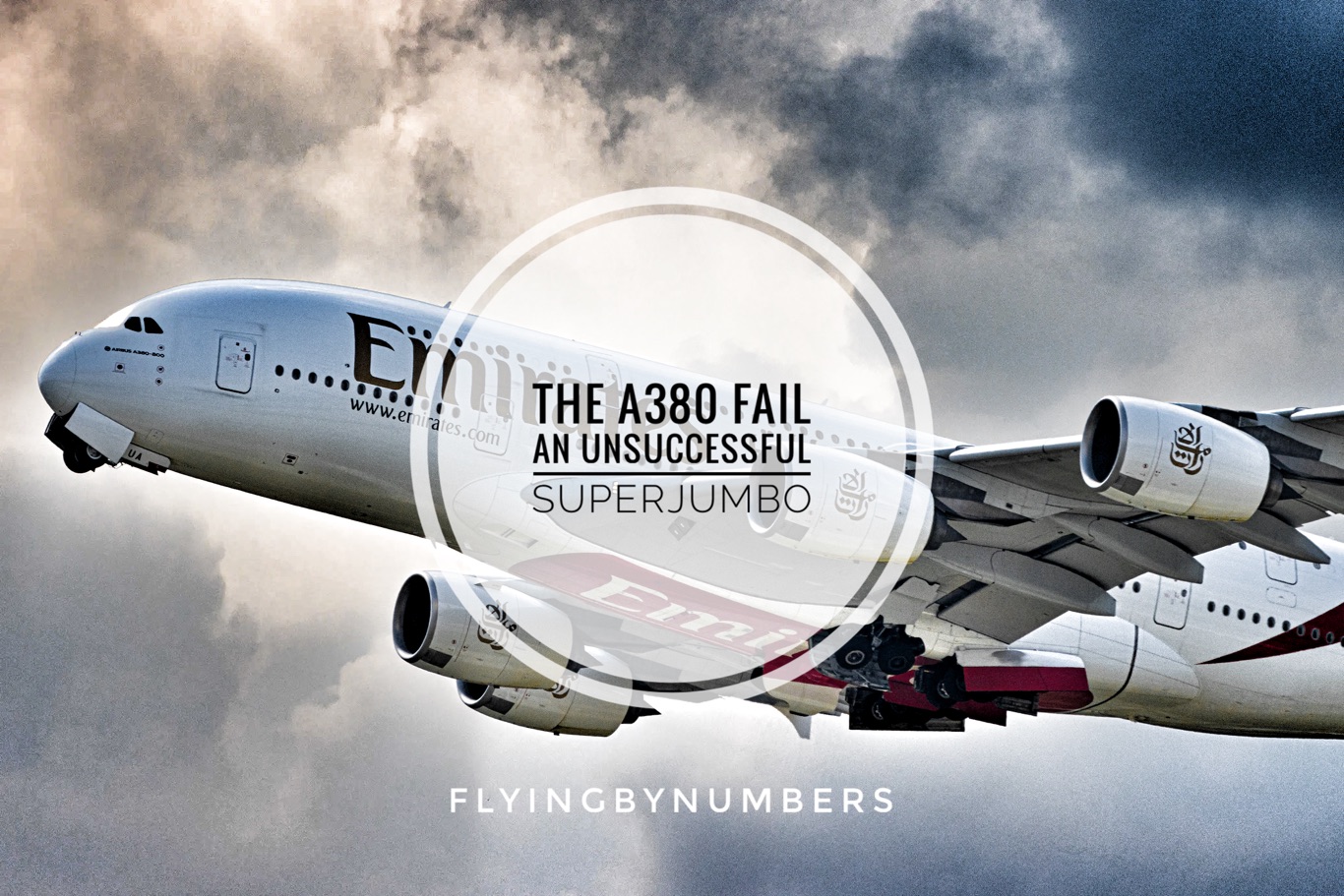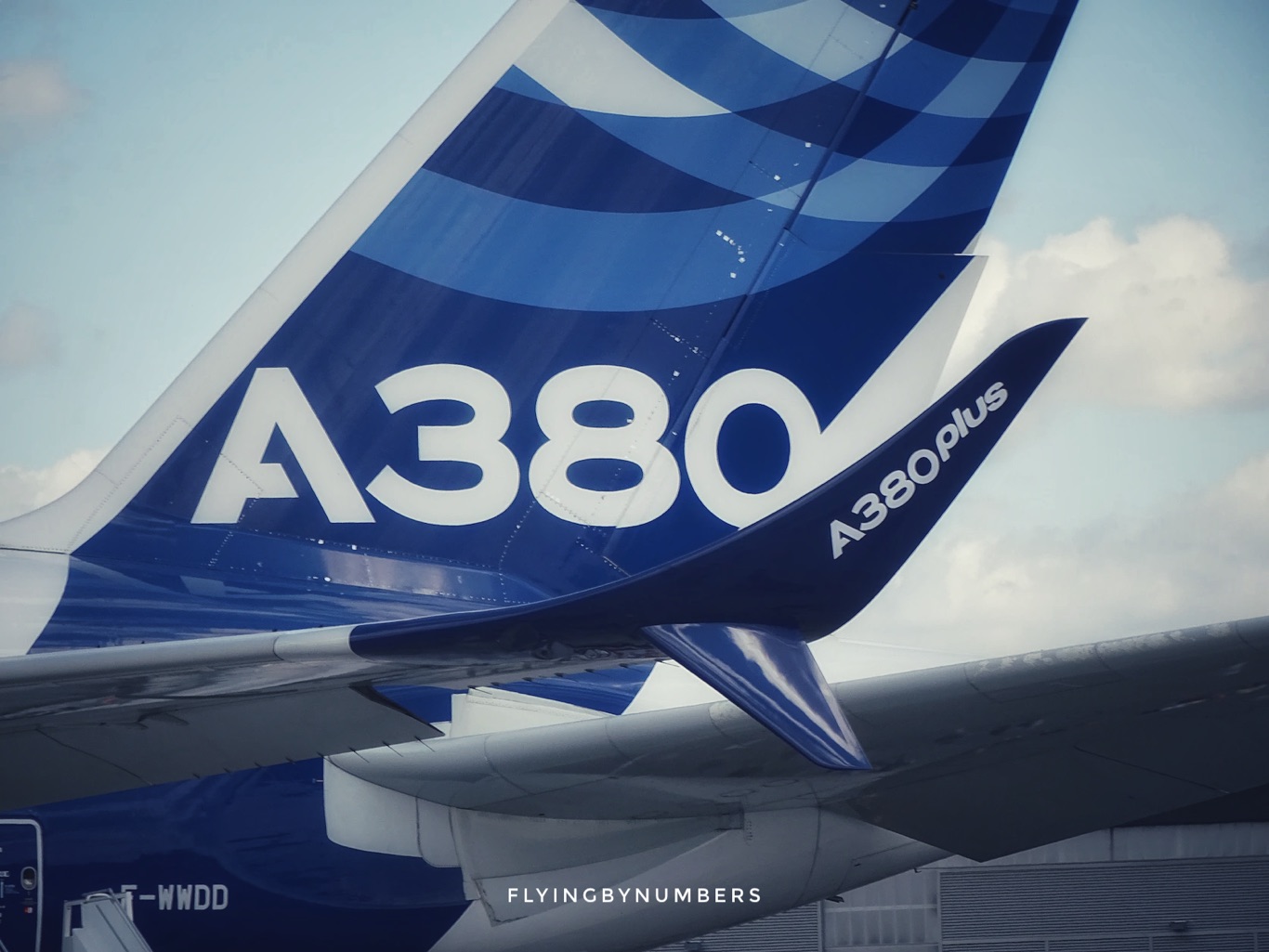In a world that once celebrated the audacious scale and bold design of the Airbus A380, it’s hard to imagine that this “aircraft of the future” has already been quietly retired mid-pandemic in 2021. (That’s a mere 16 years after the first prototype flew in 2005!)
The A380 was hailed as the Superjumbo, an aircraft fit to replace the Boeing 747 and continue to shape modern commercial flight. It achieved multiple Guinness World Records, garnered the attention of the world’s press, and even became the star of several documentary series.
However, since the initial flight in 2005, the Superjumbo has been through wiring delays, weight scandals, and public outrage from airline CEOs:
Looking back, it was the biggest mistake we did, to purchase A380s. We grounded the A380 and never wanted to fly it again because it is a very inefficient aircraft in fuel burn and emissions, and I don’t think there will be a market for it in the foreseeable future.
Qatar Airways CEO Akbar Al Baker
So, what exactly happened? Let’s take a journey through the rise and fall of the Airbus A380, looking at why it lost favour with airlines, and attempt to calculate how much money Airbus lost on this giant venture.
The Rise: High Expectations and Initial Success
When the Airbus A380 was first unveiled, it was seen as a game-changer. Announced as the A3XX in 1990, this mega-project spent 10 years on the drawing board, as European conglomerate Airbus looked to come up with an answer to the dominant Boeing 747.
With a capacity of up to 853 passengers in a two-class configuration, the A380 was the largest passenger plane ever built. It was touted as an answer to increasingly crowded skies and airports, with its ability to carry more passengers per flight reducing the need for more flights and thereby easing congestion.

The A380 set records for passenger capacity, had an impressive range, and was equipped with luxurious amenities like first-class suites, shower spas, and bars. The spectacle of the A380 was an undeniable magnet for media attention, and airlines were initially enthusiastic about the potential for this SuperJumbo to attract passengers and turn a profit on popular long-haul routes.
The idea seemed simple. Demand for air travel was booming, and many large airports were becoming slot constrained. Airbus envisioned that the “hub-and-spoke” model of flying would continue.
Hub-and-spoke in a nutshell
- Airlines would operate smaller aircraft — such as the Airbus A320 series or Boeing 737 series — as spokes to bring customers to big international hub airports
- Once customers were gathered at the big hubs, large aircraft, such as the B747 or A380, would provide the means to transport giant volumes of customers large distances to the next hub in one go.
The A380 would provide a more fuel efficient, even larger version of Boeings hugely successful 747. That was the plan, anyway…
The Fall: 5 things that that killed the SuperJumbo
Despite its impressive size and capacity, the A380 had numerous drawbacks that led to its downfall…
Airport facilities
A key issue with the A380 was its sheer size. The aircraft was so massive that it was classified as a Code F plane by the International Civil Aviation Organisation (ICAO), a category reserved for the largest aircraft in the world.
This classification was problematic for several reasons. First, not all airports are equipped to handle Code F aircraft. To accommodate the A380, airports had to make significant modifications, including widening runways, reinforcing taxiways, and expanding terminal facilities to handle the large number of passengers. These modifications were expensive and time-consuming, with many airports around the world unwilling or unable to make these changes. As a result, the number of airports that could accommodate the A380 was limited.
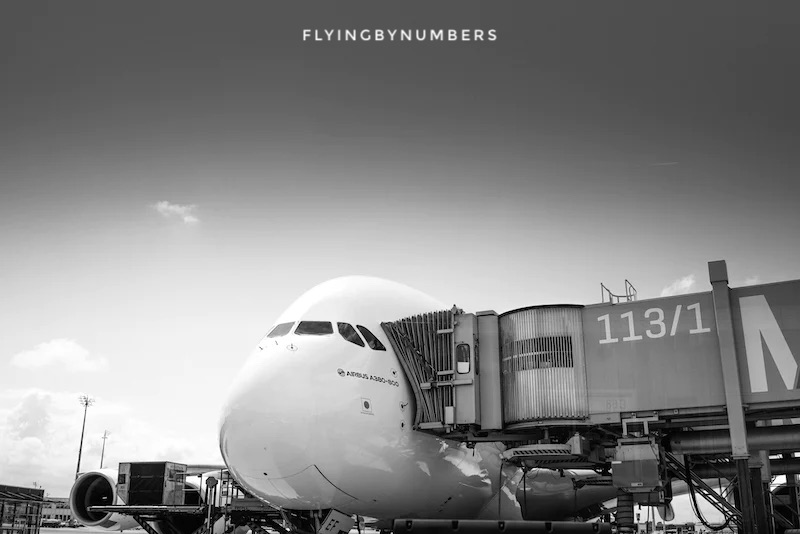
Second, even at airports that could handle the A380, its size often posed operational challenges. Its large wingspan made taxiing difficult and limited the number of terminals it could access. Its double-deck design required special boarding bridges, further limiting gate options.
The result was that airlines couldn’t just fly the A380 anywhere they were used to flying other longhaul aircraft to. They were limited to a minuscule number of airports that could accommodate the aircraft’s size and passenger capacity.
This lack of flexibility was a significant disadvantage compared to smaller, more versatile aircraft that could operate at virtually any commercial airport worldwide. It restricted the current and future markets the A380 could serve, and was a major factor in airlines’ reluctance to embrace the SuperJumbo. After all, it’s very difficult to make money if you can’t fly there!
Fuel efficiency flaws
For a while, Airbus was all about calling their A380 the “Gentle Green Giant,” claiming it was one of the most fuel-sipping planes out there back in 2007. However, according to a study of flights across the Pacific by the International Council on Clean Transportation, the newest generation of jets meant that the once-green giant now looks surprisingly dated.
Two things largely crippled the A380s fuel efficiency credentials: the sheer number of passengers, and it’s newest twin-jet rivals.
Why would having many seats affect fuel efficiency? Bare with us…
In simple terms, the A380 is a massive plane, but it doesn’t always carry that many passengers. Airlines use a measurement known as load factor to calculate how full their aircraft is — with the obvious goal to reach 100% and have every seat occupied.
But because of its enormous number of seats, and the hub-and-spoke model, it can be difficult to fill every seat consistently. This skews fuel stats significantly and makes the A380s relative fuel burn per passenger look worse than initially envisaged. As an example, whilst most airlines’ A380s have nearly 500 seats, the ICC found that the A380 typically only carries around 350 people on a flight across the Pacific.
What about those twin-jets? It turns out that not only did the A380 get the hub-and-spoke model wrong, it was also released at pretty much exactly the wrong timing.
Constructed out of a glass-reinforced aluminium laminate, the A380 was designed to be more modern than its aluminium predecessors. Yet, just a few short years later, improvements in material science meant that the A350 and B787 would be released with lightweight carbon fibre fuselages and the next generation of fuel-efficient engines.
Without the volume of orders behind the A380, no engine manufacturers were interested in upgrading their now slightly outdated engines, leaving a technological gap that belies the age gap between these twin-jets.
The Boeing 787-9 took the crown for being the most fuel-efficient plane in 2016 for flights across the Pacific. It used 39 passenger kilometres per litre of fuel, which is a fancy way of saying it was 60% more fuel-efficient than the A380.
So, it’s safe to say, the A380 isn’t quite the “Gentle Green Giant” it used to be.
Weight issues
The A380’s weight problem was another critical factor that led to its downfall. Nobody expected the SuperJumbo to be light — it has a maximum takeoff weight of well over a million lbs at 575,155 kg. However, when Airbus first promised the A380 to its customers, they initially promised a much lighter plane.
The European megaliner was also required to be 20 percent more efficient than the competing Boeing 747. This was almost impossible to achieve, given that the giant plane was already substantially overweight before it even left the factory.
Weight Loss for Superjumbos — Spiegel International
As the design and construction process unfolded, the final product ended up weighing significantly more than originally forecast. This was partly due to the A380’s unique construction materials – it was built using a mix of traditional aluminium and modern carbon fibre, a sort of halfway house between older and newer aircraft designs.
This construction decision was a crucial one because the more an aircraft weighs, the more fuel it burns, and the more it costs to operate. Initially, it was reported the first Airbus A380s off the production line weighed five and a half tonnes more than promised — or around 55 passengers and their luggage at international standard aviation weights.
The weight issue became a significant point of contention between Airbus and its main customer, Emirates Airlines. The Middle Eastern carrier, which operated the largest fleet of A380s, was particularly vocal about the weight and fuel burn issue.
In a public spat with Airbus, Emirates claimed that the A380’s actual weight and associated fuel burn were higher than Airbus’s original promises, impacting the aircraft’s economics. This public dispute highlighted the serious operational and financial implications of the A380’s weight problem, further tarnishing the aircraft’s reputation and desirability among airlines.
Niche profitability
Yes, the A380 was expensive to operate and maintain, with four engines consuming more fuel than twin-engine alternatives like the Boeing 787 or Airbus A350.
Despite this, it is rumoured that for certain slot-constrained routes (e.g. airports that have more demand than spaces available to them) with plenty of premium travel, the A380 is the best aircraft to operate from a business perspective.
Booming business class
- Emirates and Qantas Airlines A380s have 76 business class seats each
- Singapore Airlines original A380s had 86 seats
- British Airways managed to cram 97 business class seats on their A380s
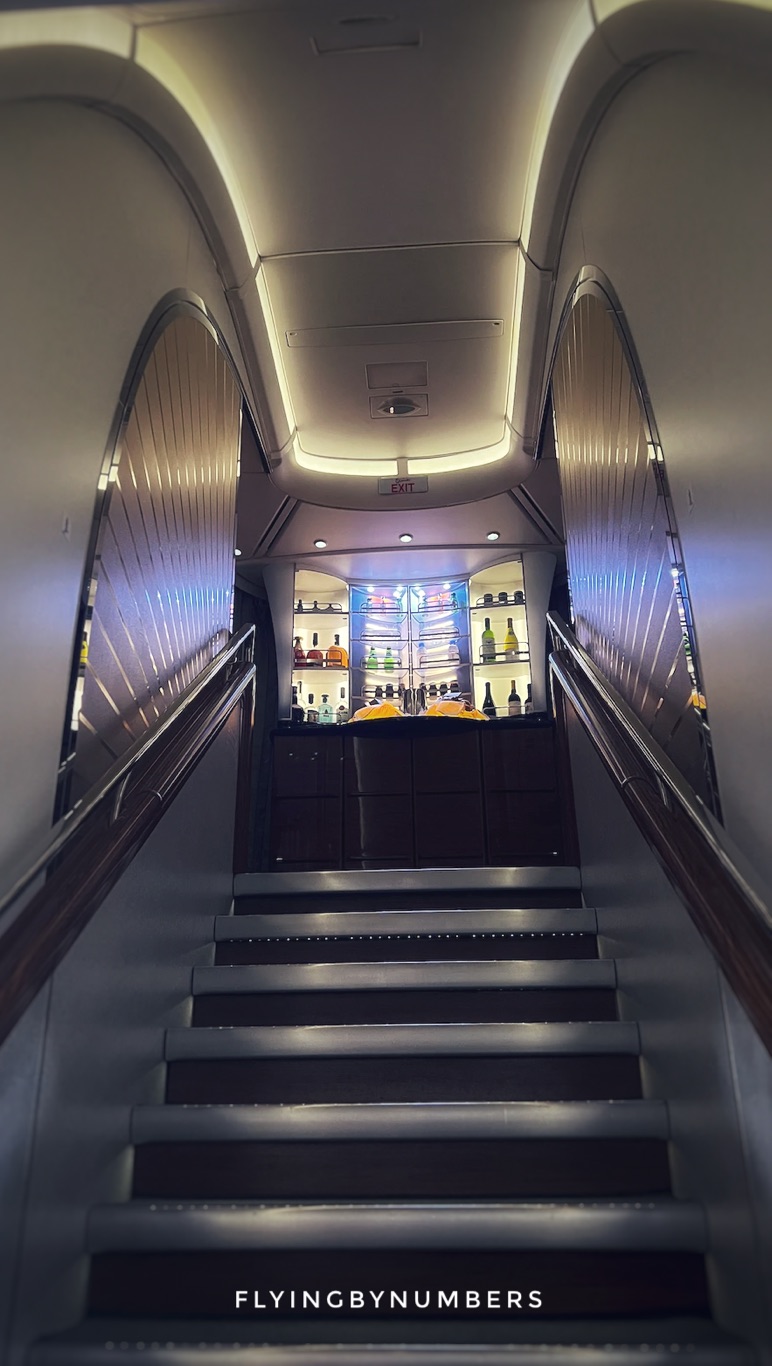
However, when you add this all up, it makes it an incredibly niche offering, and only works for certain airlines with specific business models:
Being niche not only impacts route choices, but also overall profitability. Without large order books, Airbus struggled to make any profits on the aircraft it was making, with some estimates saying they lost money on every aircraft they made up until 2015.
Due to the limited number of airframes, airlines found the engineering market increasingly expensive. Not only did airlines order relatively few A380s, but they were often customised as a flagship product — think onboard showers, sky bars, and sweeping staircases. This, in turn, lead to many bespoke parts, and a virtually non-existent second hand market for airframes.
Covid-19
As airlines started to prioritise efficiency, sustainability, and flexibility, the A380’s allure started to fade. The final nail in the A380’s coffin was the global COVID-19 pandemic.
With travel restrictions in place and passenger numbers plummeting, airlines were scrambling to cut costs and stay afloat. The A380, with its high operating expenses and massive capacity, was the first to be grounded.

Airlines were left with a giant plane that was too expensive to fly and too big to fill, while the demand for air travel was at an all-time low. In addition, like most other aviation industry downturns, during the global pandemic business travel was hit the hardest. The A380, with its aforementioned reliance on niche, business travel heavy routes, would be particularly un profitable.
This marked the end of the road for the A380, as airlines turned to smaller, more efficient aircraft to navigate through the crisis.
Counting the Cost: Airbus’s Financial Flop
The total development cost of the A380 program was estimated to be around $25 billion.
Airbus announced the end of A380 production in February 2019, with the last delivery made to Emirates in 2021. As per Airbus’s 2018 annual report, they expected to deliver 251 A380s overall, less than a quarter of the 1,200 Super-jumbos they initially predicted they would sell over two decades.
Estimating the exact loss Airbus incurred is challenging due to the complexity of aircraft economics, and the secretive nature of state aid provided to the European aircraft giant.
However, we can estimate some costs…
Conclusion: The End of an Era
The retirement of the Airbus A380 marked the end of an era of SuperJumbos. It’s highly unlikely that building a double-decker aircraft that size will ever be attempted ever again.
As we look back on the journey of the Airbus A380, it’s clear that this remarkable aircraft was both a marvel of engineering and a cautionary tale.
Sometimes, timing is everything:
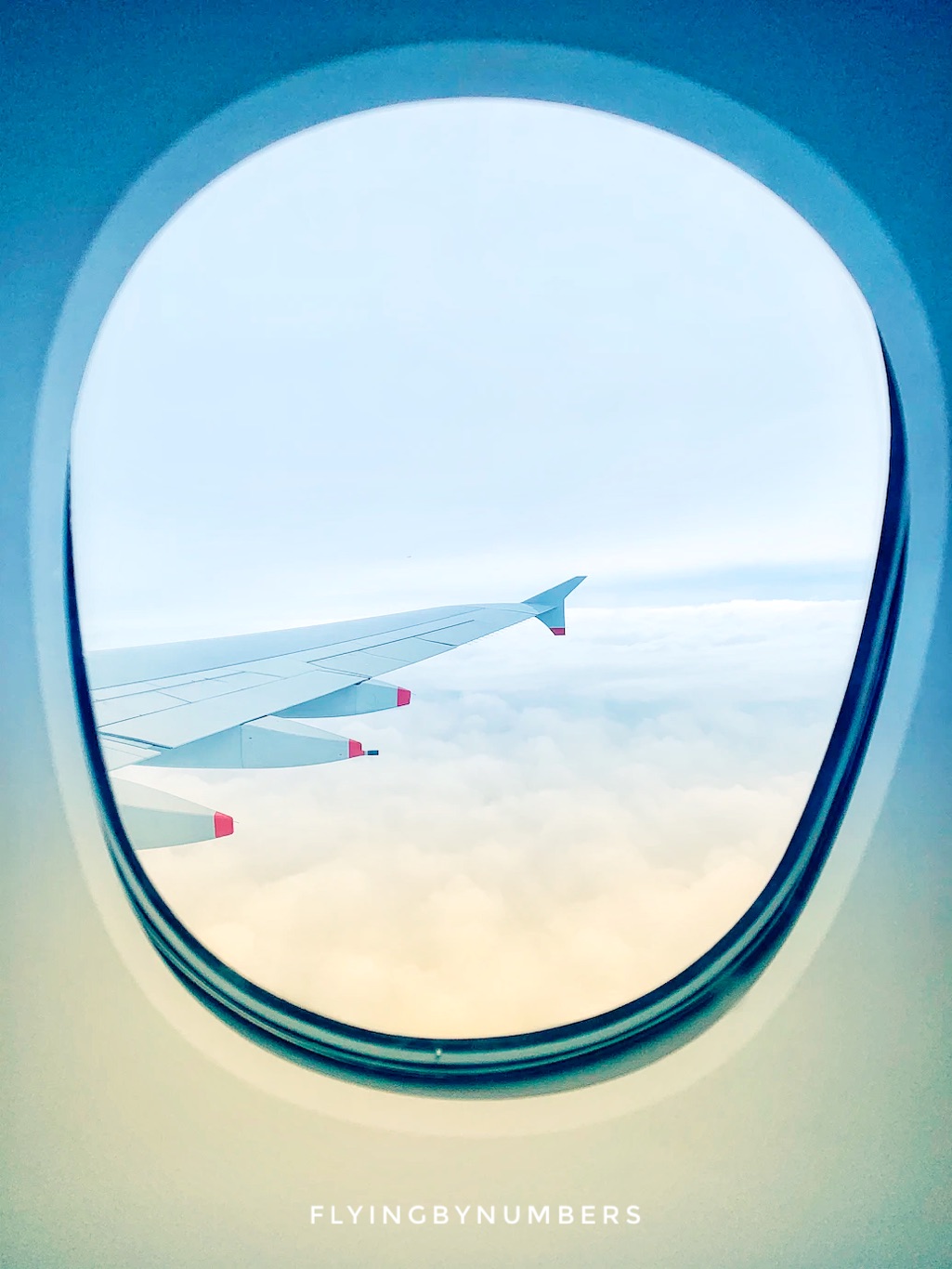
When the A380 first took to the skies, it was hailed as the future of aviation, a green giant that would revolutionise long-haul travel. Yet, the very attributes that made it stand out — its size, capacity, and opulence — ultimately led to its downfall.
The A380 proved to be too big to fill reliably, too costly to operate and maintain, and too complex for airlines to utilise in a market increasingly focused on efficiency, flexibility, and sustainability.
The A380’s quiet retirement in 2021, at the hands of a pandemic that laid bare the brutal economics of aviation, marked an end of an era. As the last SuperJumbo rolled off the production line, it was a sobering reminder of the hard realities of the aviation industry.
The A380 was a plane ahead of its time, yet paradoxically, also behind the times.
